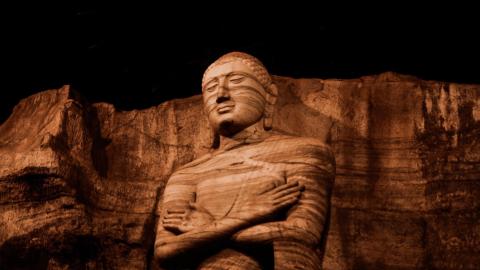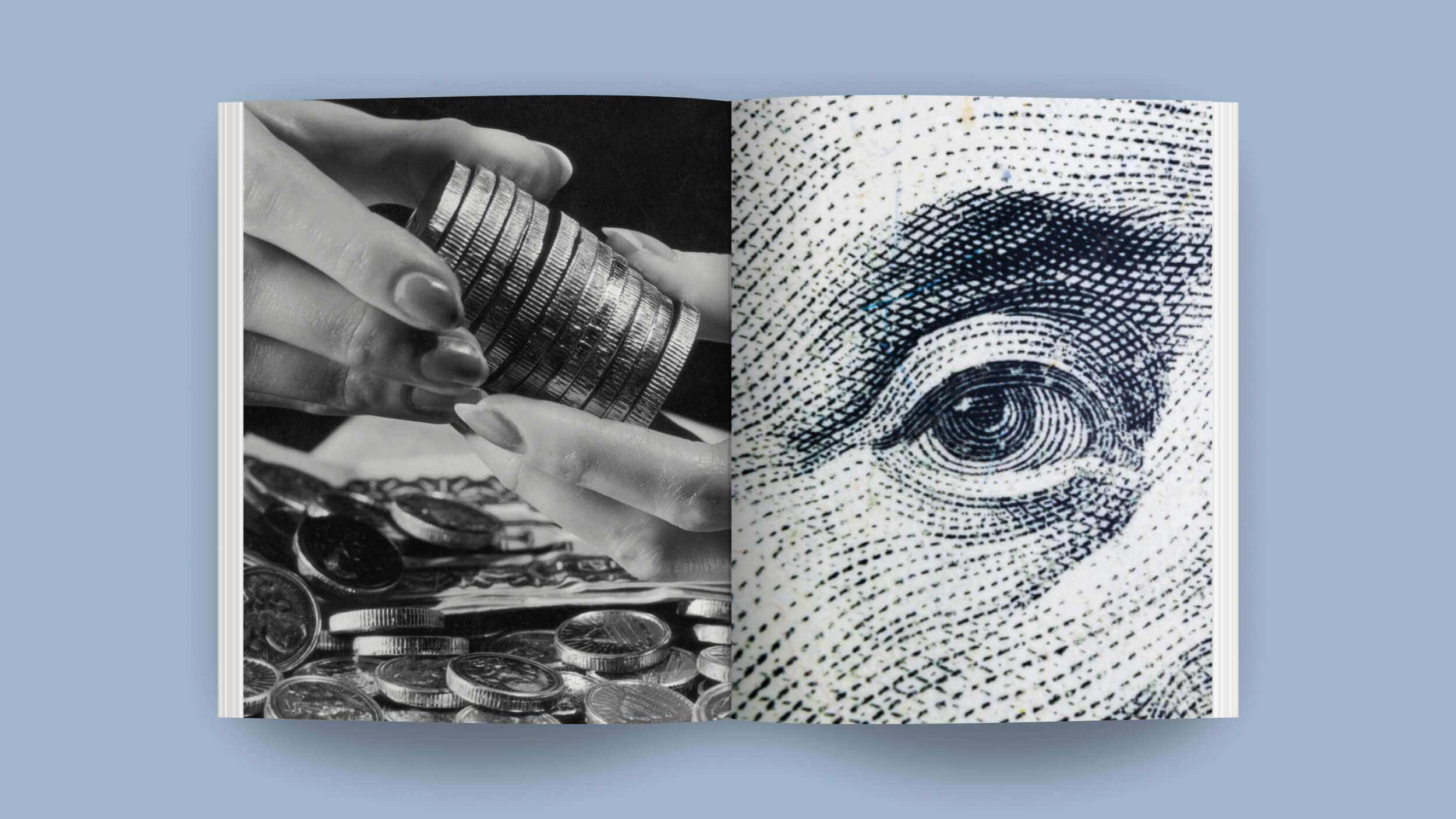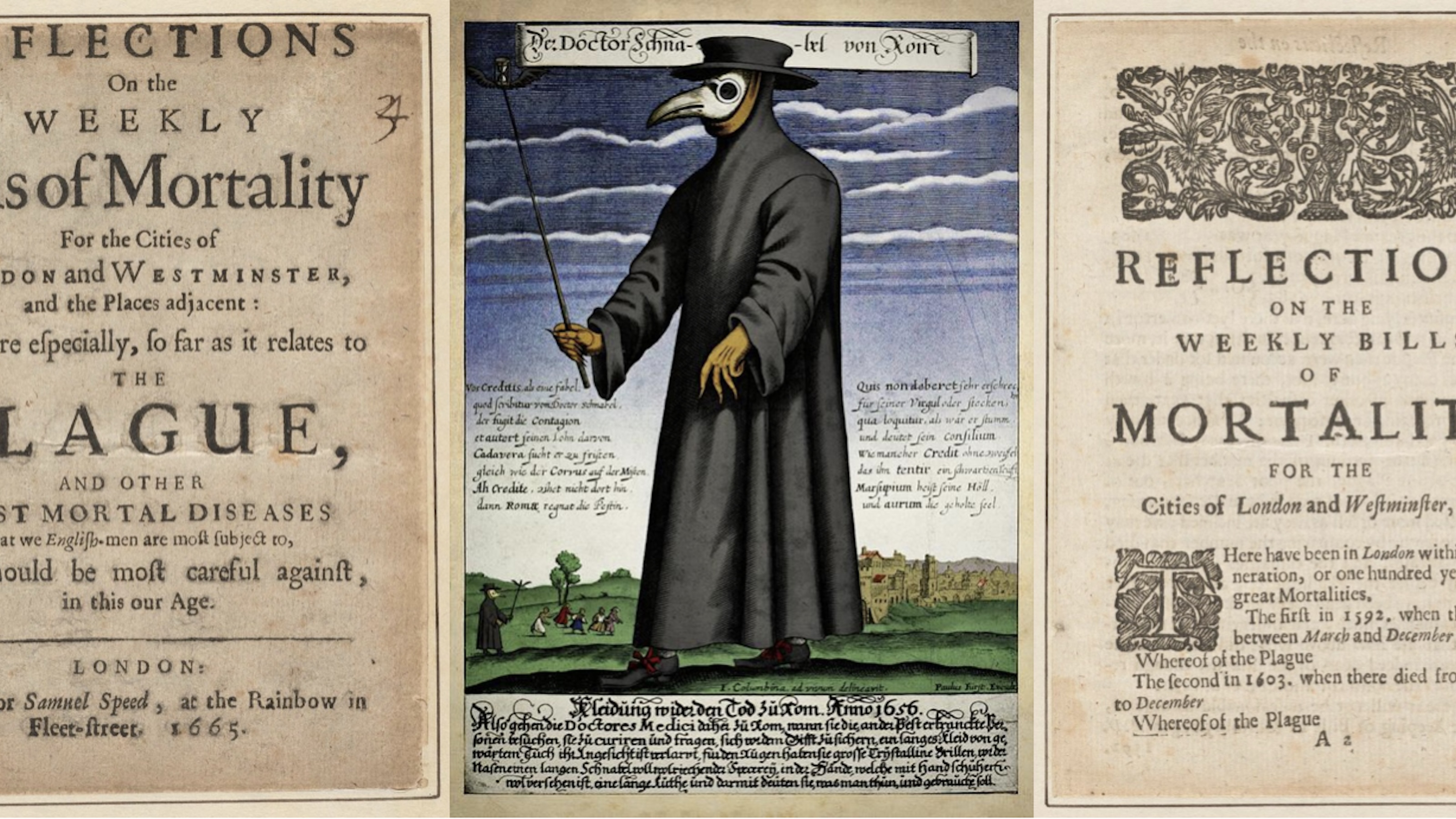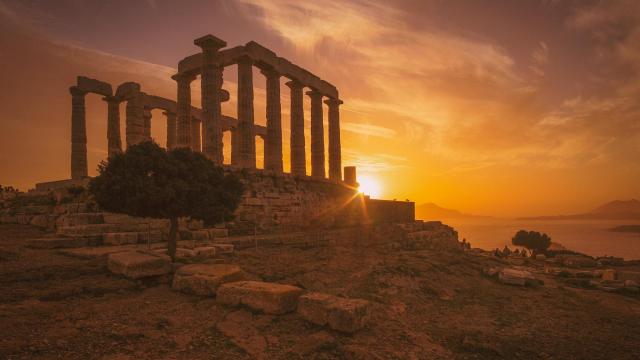Saving history: 3D laser scans preserve world heritage sites

Credit: Eddy Billard via Unsplash
- To prevent the present from erasing the past, non-profit organizations are creating detailed 3D scans of famous monuments.
- Stored online and shared with researchers around the world, these digital copies will endure long after their real counterparts are gone.
- Occasionally, this work is incredibly dangerous.
On the night of May 14, 1940, the German Luftwaffe bombed the Dutch city of Rotterdam. When government administrators entered the streets to tally their losses the next morning, they learned that 900 people had lost their lives. As if this was not bad enough, the Luftwaffe had also destroyed hundreds of historic houses; Rotterdam’s city center — one of the oldest in the country and jam-packed with seventeenth century architecture — had been reduced to dust.
In 2001, the Taliban pulverized two statues of Vairocana and Guatama Buddha that had been carved from a cliffside in the Bamyan valley of central Afghanistan. Standing no less than 38 and 55 meters tall, respectively, the statues were two of the tallest Buddhist monuments in the entire world and an important destination for traveling monks. The Buddhas were leveled on orders of Taliban co-founder Mullah Mohammed Omar, who tried to rid his country of any religious tributes that were not aimed at Allah.
During a hot summer evening two years ago, the Notre Dame cathedral in Paris caught fire. The building, whose construction had begun in the twelfth century, was not designed with modern fire safety standards in mind. Though conservators do their best to keep everything in good condition, an accident was bound to happen eventually. While the cathedral’s vaulted ceiling kept flames from wreaking havoc on its interior, most of the wooden roof and spire burned to a crisp.
Throughout history, countless artifacts have been caught in the crossfires of war, deliberately targeted by iconoclasts or swallowed up by the indifferent forces of nature and time. As a result, numerous non-profit groups and agencies — most notably, UNESCO — have sprung up to prevent the present from erasing the past. But while even the most well protected monument remains at risk of being physically destroyed, we now have a way to preserve them digitally.
From plaster casts to lasers
In the late 19th century, a British archaeologist named Alfred Maudsley traveled to Guatemala intent on finding a way to preserve the country’s Mayan ruins as best as possible. Rather than record their existence by means of writing or photography, Maudsley decided to cover entire temples in plaster casts. The tens of thousands of true-to-scale “negatives” produced from this endeavor were shipped back to England for research and reproduction.
Like Maudsley, modern-day researchers also rely on highly accurate replicas in order to protect and study ancient artifacts. Fortunately, unlike Maudsley, they can acquire such replicas without actually having to touch the delicate monuments themselves. This is all thanks to advancements in 3D measurement tools which, in recent years, allowed us to store entire heritage sites in a place that no terrorist organization or natural disaster can reach them: the cloud.
There are several companies in the business of scanning monuments, but one has distinguished itself as somewhat of a pack leader. Founded in 2003, CyArk serves as a liaison between cultural ministries and tech companies to create an extensive, open-sourced, fully online library of 3D scanned monuments and heritage sites. In 2016, this library already featured more than 200 entries, including sections from the city of Pompeii, the Tower of London, and even Mount Rushmore.
CyArk’s primary measurement tool is a 3D laser scanner, which projects pulsed beams of light that bounce back once they hit a surface, thus sizing up structures or objects down to the millimeter. The interactive models assembled from these individual data sets are then shared with research facilities and universities. As CyArk’s field manager Ross Davison said in an interview, this means that a student from Germany could, in theory, visit ruins in South India from the comfort of their living room.
Saving monuments in Iraq
While making monuments more accessible was always on CyArk’s agenda, it was not its primary focus. First and foremost, the company had been founded to save artifacts from accidental or deliberate destruction. Case-in-point: a 6.8-magnitude earthquake destroyed a number of ancient temples in Myanmar in 2016. These temples, erected by the Pagan Kingdom, would have been lost were it not for the CyArk employees that managed to scan key structures before the earthquake hit.
Saving monuments from the wrath of Mother Nature is one thing, but protecting them from religious or ideologically motivated iconoclasm is another. For many years, scanning artifacts located in war-torn areas like Iraq or Syria was not only difficult but dangerous. Despite the risks involved, French filmmaker Ivan Erhel traveled to the Middle East — the place where many of our earliest known civilizations originated — to scan as many remnants of Mesopotamian culture as possible.
Erhel can trace his resolve back to 2015. That year, the Islamic State (ISIS) was at the height of its power, occupying large portions of Iraq. During this time, ISIS members destroyed a number of museums, statues, and other artifacts. “In Nimrud, most of the bas relief was totally destroyed,” Erhel said. “In Babylon, the Mušḫuššu have lost their colors. Hattra has been occupied by ISIS for several years, and many of the sculptures had their faces erased with hammer or gunshots.”
On one occasion when the team was attempting to scan one of the sole surviving statues of Nimrud, Erhel and his team were shot at by Iraqi forces stationed there to protect the site from looters. Still, the risks taken by Erhel’s team eventually paid off. A general from Mosul summed it up nicely when he told Erhel: “We’re like a tree. When people die, it’s like leaves and branches falling off. But if you destroy the roots, then there is no tree.”





